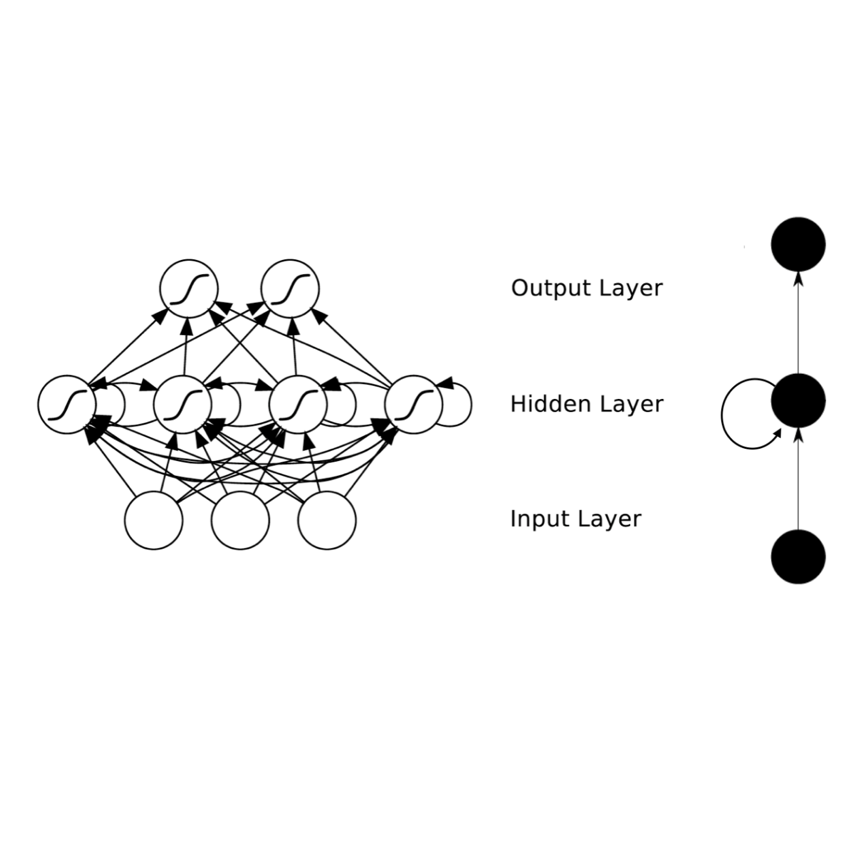Modeling and understanding the environment is an essential task for autonomous driving. In addition to the detection of objects, in complex traffic scenarios the motion of other road participants is of special interest. Therefore, we propose to use a recurrent neural network to predict a dynamic occupancy grid map, which divides the vehicle surrounding in cells, each containing the occupancy probability and a velocity estimate. During training, our network is fed with sequences of measurement grid maps, which encode the lidar measurements of a single time step. Due to the combination of convolutional and recurrent layers, our approach is capable to use spatial and temporal information for the robust detection of static and dynamic environment. In order to apply our approach with measurements from a moving ego-vehicle, we propose a method for ego-motion compensation that is applicable in neural network architectures with recurrent layers working on different resolutions. In our evaluations, we compare our approach with a state-of-the-art particle-based algorithm on a large publicly available dataset to demonstrate the improved accuracy of velocity estimates and the more robust separation of the environment in static and dynamic area. Additionally, we show that our proposed method for ego-motion compensation leads to comparable results in scenarios with stationary and with moving ego-vehicle.
翻译:模拟和理解环境是自主驾驶的一项基本任务。除了探测物体外,在复杂的交通情况中,其他道路参与者的移动是特别感兴趣的。因此,我们提议使用一个经常性神经网络来预测动态占用网格图,该网格图将周围的车辆分成各单元,每个单元都包含占用概率和速度估计。在培训期间,我们的网络以测量网格图序列填进,该序列将一个单一时间步骤的利达尔测量编码。由于卷发层和经常层的结合,我们的方法能够利用空间和时间信息对静态和动态环境进行稳健的探测。为了采用从移动的自我驱动器进行测量的方法,我们提议了一个适用于神经网络结构的自我提升补偿方法,该结构有不同分辨率的反复层。在我们的评估中,我们将我们的方法与一个向公众开放的大型数据集上的最新粒子算法作比较,以显示速度估计的准确性提高,以及静态和动态地区的环境更牢固的分离。此外,我们表明,我们提议的自我移动补偿方法可以与空间和动态区域相比。





